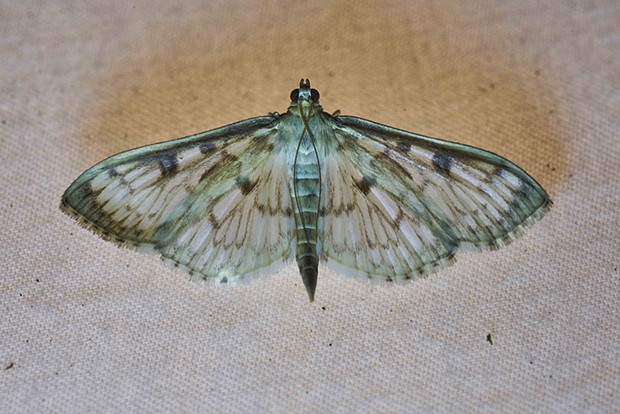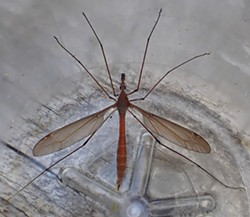[
{
"name": "Top Stories Video Pair",
"insertPoint": "7",
"component": "17087298",
"parentWrapperClass": "fdn-ads-inline-content-block",
"requiredCountToDisplay": "1"
}
]
Nymphs on patrol
I have seen alarmingly few dragonflies along my stretch of the Van Duzen River this year. Where I'm used to seeing dozens in a day, I'm seeing one or none. About the only species I've seen recently hereabouts is the large black and yellow western river cruiser (Macromia magnifica) patrolling along gravel roads parallel to the river's course. Dragonflies, being an apex predator in their arena, can be an indicator of the overall health of a stream.
The other day I saw the first common wood nymph (Ceceronis pegala) of the season. Having one brood per year and often foraging on fruit past its prime, they are my hint that fall is on its way. Although the species can vary in its coloration throughout its extensive range hereabouts, these are a rich, dark cocoa powder brown.
Lately I've also seen several specimens of Herpetogramma pertextalis, the bold feathered grass moth, around lights at my house. Along with its markings, when at rest, they hold their antennae swept back in a graceful pair of intersecting curves, making this species one of my favorite small moths.
I've been enjoying using the newest addition to my entomological book collection Butterflies of the Pacific Northwest. This is a durably built softcover book of more than 400 pages. It is heavily illustrated with photos and has enough technical information to be useful — as approachable as it is exhaustive. If you live in Cascadia and are interested in butterflies, this is the book to get.
Mandibles and mosquito catchers
Like any collector, I have my unicorns. Near the top of my list was Holorusia haspera, the western giant crane fly. Looking like the biggest mosquito you've ever seen, this is an impressive critter. I grew up calling them "mosquito catchers." As larvae, they live near water, feeding on decaying vegetation in the moist soil. As adults, they are not known to feed at all. These fragile creatures' resemblance to the pesky little vampires often gets them killed. I hadn't seen one in years.
The day after I received my newest camera, ordered for its impressive focus stacking capability, I noticed one with a nearly 5-inch leg span on my wall. It was very cooperative so I took dozens of shots using every technique I know for the little camera. Yay, for coincidence.
After our photo session, I moved my model outside and let it go. I could have killed and mounted it but had no reason to. The photos are enough and I hope it goes forth and multiplies.
On July 18, I found a giant California prionus (Prionus californicus) beetle in my local hardware store parking lot. It was on its back and, at first, I thought it was dead. But it moved when I picked it up. This is the largest beetle I know from our area. Its larvae are considered a serious pest, gnawing on the roots of fruit trees and other useful plants. Although as adults they do not eat, they do carry an impressive set of bolt cutter-like mandibles.
Read more of Anthony
Westkamper's HumBug column on Sundays at www.northcoastjournal.com.
Speaking of...
-
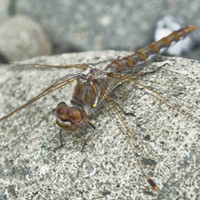
HumBug: Winter Insects
Feb 16, 2020 -
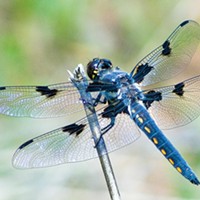
Best of the Bugs
Jan 2, 2020 -
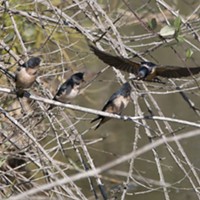
HumBug: Things that Need Bugs
Dec 29, 2019 - More »
more from the author
-
HumBug: Early Spring Pollinators
- Apr 12, 2020
-
HumBug: A Recipe for History
- Apr 5, 2020
-
HumBug: Bugs in the City
- Mar 29, 2020
- More »
